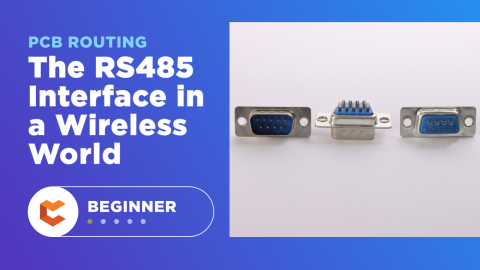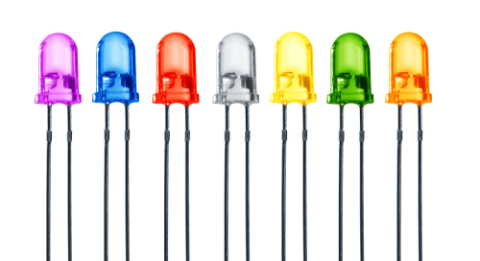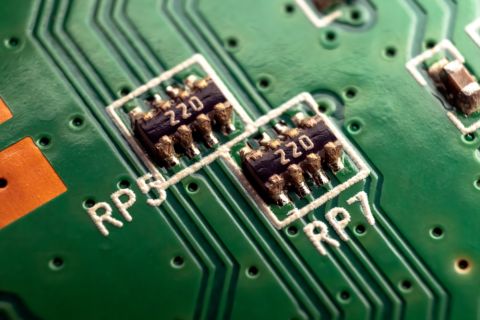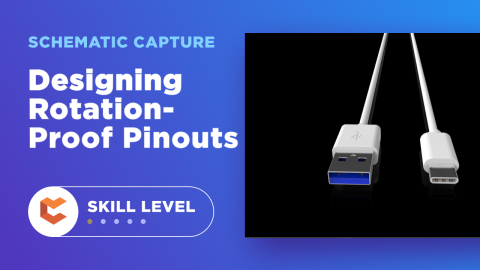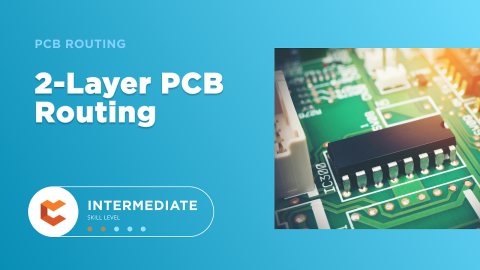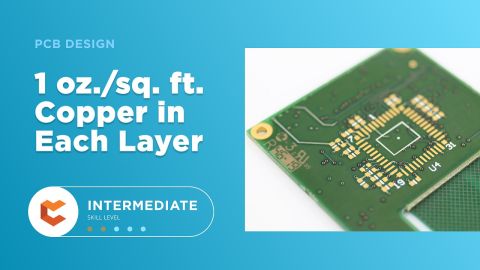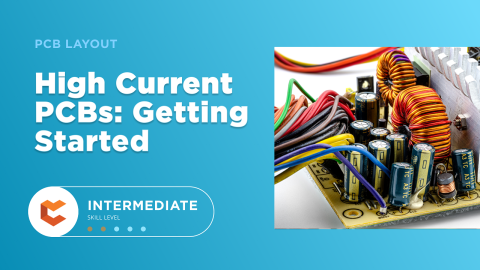Beginner's Guide to H-bridge Full Wave Rectifier Design

Power conversion is an essential part of modern life, and probably the most important for practical purposes in electronics is AC to DC conversion. Rectifiers are the essential circuits used to transform AC to DC and they may fall into one of the following categories:
- Half-wave rectifier
- Center-tapped full-wave rectifier
- Bridge rectifier
The functionality of these rectifiers is the same, i.e. AC to DC conversion, but each uses a different input configuration and they have different outputs. The center-tapped rectifier and bridge rectifier are both full-wave rectifiers (the latter is sometimes called "full bridge rectifier"), and they provide higher power conversion efficiency than a half-wave rectifier. Center-tapped rectifiers and bridge rectifiers serve nearly the same purpose, but the center-tapped transformer used in the former is expensive, so a bridge rectifier is usually preferred unless the center taps on a transformer are needed for a particular reason.
In this guide, we’ll look at the design and simulation of a full-wave H-bridge rectifier for single-phase and three-phase power conversion. Both may be used in an industrial setting, including in small control modules that my company has developed for client projects. They are ubiquitous in other electronic devices, and building a simulation with these is important for seeing how they can deliver power to downstream circuits with high efficiency.
Types of Full Bridge Rectifier Circuits
A basic full bridge rectifier circuit is shown below. This circuit normally uses four diodes (D1-D4) arranged in series pairs and only two diodes are forward-biased during each half cycle of the AC input. The four diodes in this rectifier are connected on a close-loop, bridge-like structure and this assembly gives its name. This is sometimes called an uncontrolled rectifier, the reason for which will be shown later in this article.

Single-Phase vs. Three-Phase Rectifiers
Sometimes, you’ll see the above rectifier drawn out in an H-bridge configuration, which is shown below. This configuration is the same as the above configuration. Also shown below is a three-phase rectifier for comparison, which simply uses 6 diodes instead of 4, with 2 series diodes used to control current flow for each phase in a three-phase AC connection. The differences between the two types of rectifiers should be evident from their waveforms; the three-phase rectifier provides much lower ripple but at 1.5x the frequency of the single-phase rectifier.

As conventional diodes are unidirectional and are uncontrolled, current is only allowed to flow in one direction, and there is no way to control the forward voltage. For this reason, we normally call these rectifiers “uncontrolled” and we need to properly choose the diodes used in these circuits to ensure the rectifier will be fully forward-biased in the intended operating environment. If you're connecting to AC mains, you'll have plenty of margin to ensure the diodes in this circuit will always be forward-biased, this is more of a concern if you step down to a low level first, then apply rectification. For this reason, it's often the case that a transformer is used to step down to a moderate level first (12 V or 24 V nominal AC level), then the signal is passed through the rectifier. After smoothing to some DC value, a final regulation stage is applied to set the output voltage to the required value.
Controlled Rectifiers
This type of full bridge rectifier uses some controlled solid-state components like MOSFETs, IGBTs, SCRs, etc. instead of conventional diodes. An SCR is commonly used as its voltage can be easily varied by direct application of an external DC voltage. As such, the system can adjust the power output for different voltages as needed. The image below shows a single-phase controlled bridge rectifier, which simply involves replacing the diodes with SCRs.

Just like the regular single-phase rectifier, this controlled rectifier can be drawn out as an H-bridge; the resulting functionality is exactly the same. We can also extend the circuit to a three-phase input by using 6 SCRs (2 for each phase).
Choosing Diodes
As I mentioned above, it should be clear that current through the load flows in one direction in both types of rectifiers, so only two of the diodes are forward-biased at any given instant. There is a voltage drop across each diode in the forward-biased bridge section during each half cycle. For silicon diodes, the total voltage drop must be 2*0.7 = 1.4 V because two diodes will be forward-biased. If you’re working with lower-level transformer-coupled AC, then you might want to use germanium or Schottky diodes as they have lower voltage drop when forward-biased.
Output Waveforms
Normally, once you set up your rectifier, a DC voltage is set up by adding a smoothing capacitor across the outputs. The smoothing capacitor in parallel with the load will determine the level of ripple superimposed on the output DC waveform. During the instant where the input voltage begins to fall off during a cycle, the capacitor across the output will begin to discharge in parallel with the resistor, thus the two form an RC circuit. The capacitor repeatedly charges and discharges with a particular RC time constant between half cycles. Before the capacitor can fully discharge, the charging cycle starts, so the capacitor is never fully discharged unless the input power is cut.
Here, you can use the RC time constant to determine this discharging rate across the load. For example, if we use a 10 kOhm load resistance with a 50 uF capacitor, then the RC time constant is 500 ms. This means, that if we want to reduce the ripple on the output DC voltage, then we need to increase the value of the smoothing capacitor or the load resistance (or both). Although the output waveform is not purely DC, increasing the load resistance and smoothing the capacitor high enough causes the output ripple to be so small that it might not be easily noticed. The final regulation stage will usually be an LDO (for low voltage) or a switching regulator (for high voltage).
Whether you’re designing a simple H-bridge full-wave rectifier board or you need to design a complex power system, use the PCB design tools in CircuitMaker to prepare your schematics and your PCB layout. All CircuitMaker users can create schematics, PCB layouts, and manufacturing documentation needed to move a design from idea to production. Users also have access to a personal workspace on the Altium 365™ platform, where they can upload and store design data in the cloud, and easily view projects via a web browser in a secure platform.
Start using CircuitMaker today and stay tuned for the new CircuitMaker Pro from Altium.


